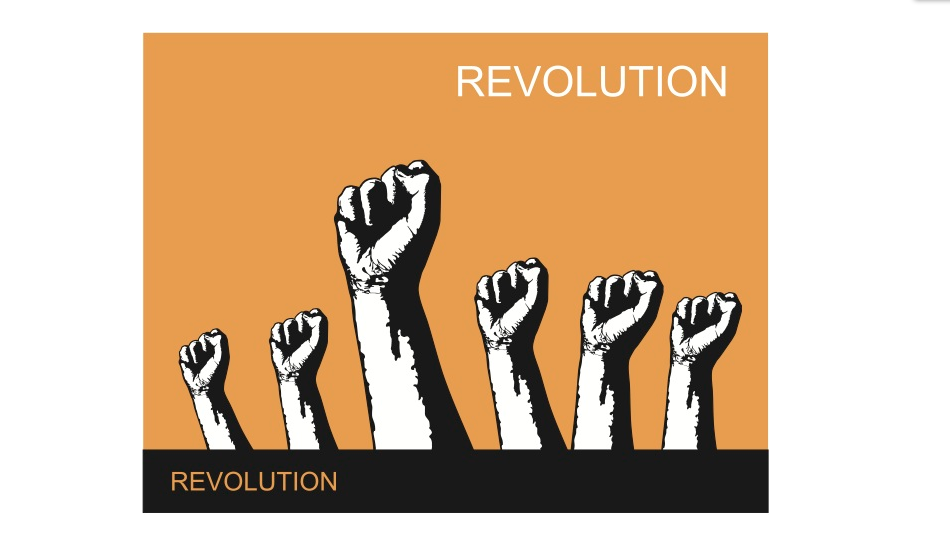
Guest author Christian Buckley is product evangelism director at Axceler, a designer of collaboration solutions.
Users have wrested more control from the information technology department than ever before. Now that they have become tech-savvy in their off-hours, they’re demanding work products with the same degree of usability as their home devices. Better yet, they want to bring their home gear to work (Bring Your Own Device, or BYOD).
The consumerization of IT means empowerment for users, a (potential) headache for tech professionals, and an opportunity for third parties that offer products and services that increase the productivity of non-technical consumers.
Here are seven tips for third parties who looking to jump on the trend:
1. Data Anytime, Anywhere. Ten years ago, controlling data access was the central piece of intellectual property management. Today, companies are weighing the legal and competitive risks against the productivity benefits of allowing data to flow more freely to employees, partners and customers. Enterprises will need products that allow the protection of the most highly sensitive data while letting subsets of the rest of it to become more accessible.
2. Pick A Tool, Any Tool. Today’s world is app-centric. Companies hoping to break into the enterprise market should look to use apps as an entry point – the most common categories are mobile apps, browser add-ons or some flavor of Web service. But beware, the vibrancy of the third-party app market means that users can find three or four different competitive offerings in just about any category. To be successful, third parties have to find a way to distinguish themselves from the pack – either through technical innovation, superior user experience or brilliant marketing.
3. Bring Your Own Device (BYOD). Users are no longer married to a single device. They’ve become polygamous: depending on circumstances, they’ll use smart phones, tablets, laptops or PCs. And they want to use device they’re most comfortable with – often one they’ve purchased themselves – at work. Smart organizations caught on early to the BYOD trend and have expanded the array of devices they support. To do that, they’ll need tools able to work across multiple platforms, applications and services to help them manage the newly expanded variety of devices they’ve pledged to support.
4. Let Me In. Users expect to connect to work, while at the same time staying plugged into their private circle of friends and activities. And they want to do it with a minimum of hassle. Personal and corporate applications should be designed with a minimum of security checkpoints so users can toggle easily between them. And applications should be able operate independently without either impinging on the other.
5. Be Social. This means more than using Facebook-like features for workplace chat. Applications and networks should be designed so that data can be shared across environments and conversations can take place between users on competing platforms. An interconnected world will prove challenging. And that opens up a myriad of opportunities for tool providers and integrators to differentiate their products with innovative social features.
6. The Business Proposition. The next generation of IT tools will be built for lay users, not techies. Increasingly, complex business tools offer easy-to-navigate, intuitive interfaces. Keep in mind that the person who now writes checks for new gear is a line of business manager and will expect the same level of usability that consumers do.
7. I Can Do It Myself, Thank You. Much of the consumerization wave has to do with self-service. The IT team decides which piece of hardware the company purchases, but have little control over what is installed and how those machines are configured. Smart solution providers will create tools with the individual user in mind. Make a user happy and the eventual result may be an enterprise sale. or the effective equivalent as users bring it into the enterprise from the bottom up.
Power To The People
The consumerization of IT is the ultimate in user empowerment. Increasingly tech-savvy users want their managers to tell them what they need to do, but not how to do it. They want to pick the tools and processes they believe will best help them to meet goals. Those offering products and services that let them do that with a minimum of fuss will be the biggest winners.
Image courtesy of Shutterstock.










